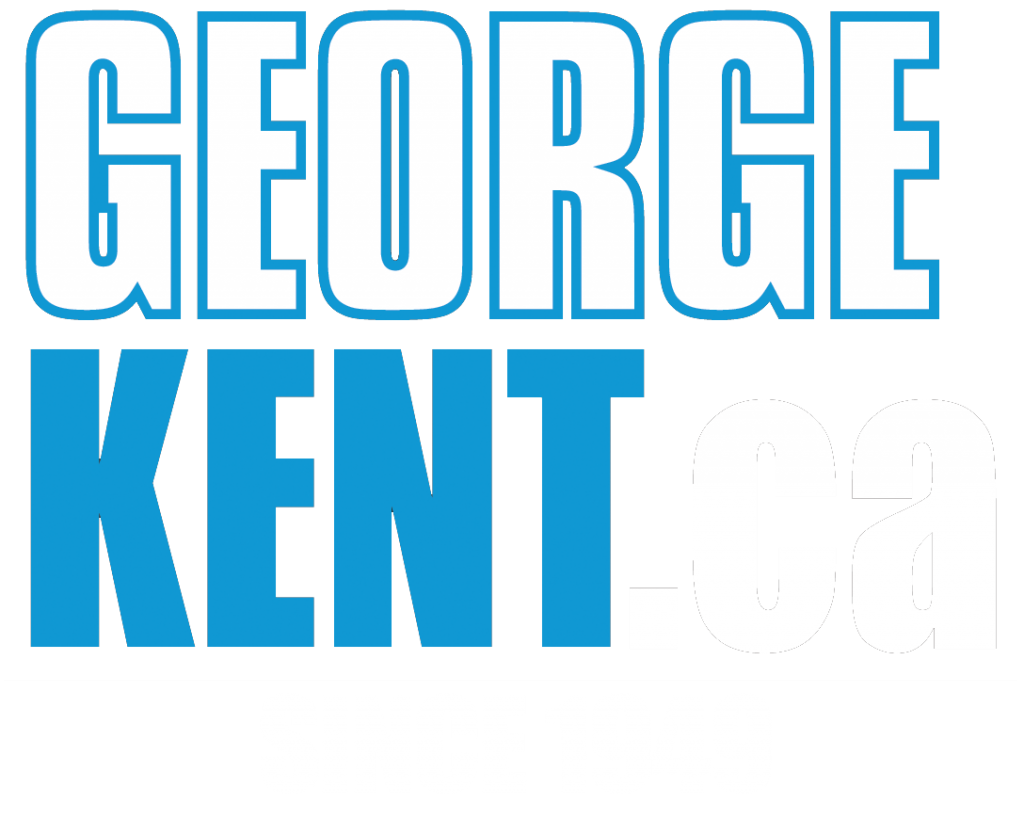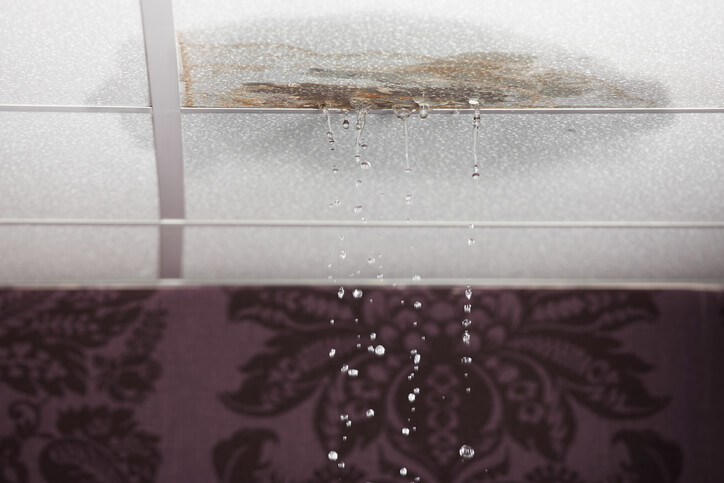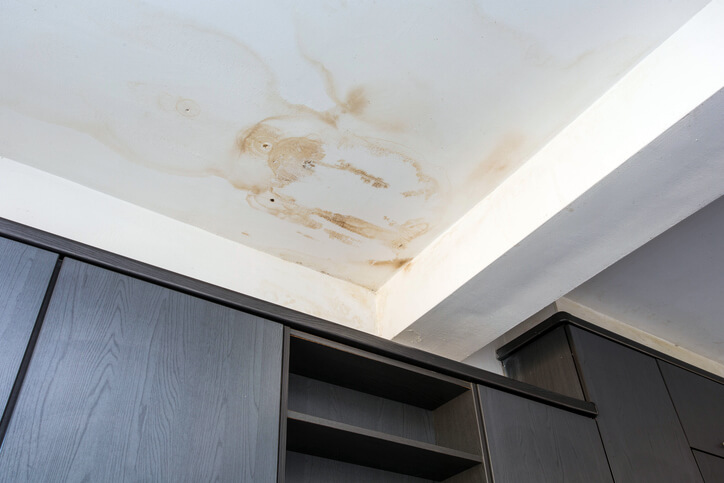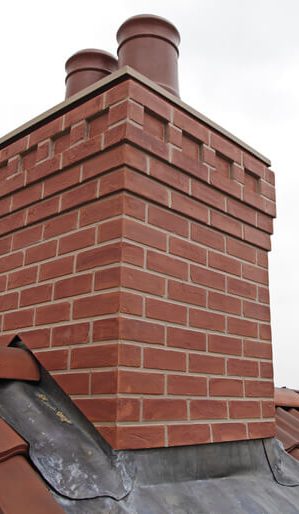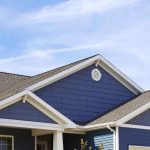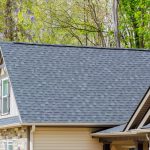Homeowners often face uncertainty when it comes to identifying roof leaks and determining the extent of repairs needed, potentially leading to unnecessary expenses or overlooking underlying issues. Without a clear understanding of whether a leak is old or active, or if moisture is stemming from other sources, such as condensation or faulty roof systems, the process of addressing the problem can be frustrating and ineffective. By conducting preliminary inspections and understanding common sources of moisture, homeowners can better prepare for roofing assessments. Additionally, seeking assistance from certified roofing contractors like George Kent Home Improvements ensures accurate diagnosis and proper repair, alleviating concerns and safeguarding homes against exterior leaks.
Old vs Active Roof Leaking
Differentiating between old and active roof leaks is crucial; while an old leak may manifest as a stained ceiling, an active roof leak demands immediate attention to prevent further damage. If you notice water dripping into your home when it rains, then you have an active roof leak. That’s an easy call to make, and you need to contact a trusted roofing contractor to get the leak repaired as soon as possible to prevent further damage. Alternatively, if you discover a stain on the ceiling that may have been present for a while, then it could be from an old leak that was previously repaired.
One way to determine whether the stain is “fresh” is to draw an outline of it using a pencil, and then check it after the next rainfall or a few days later to see whether it has grown.
Alternative Water Damage Causes
When examining damp spots and stains indoors without recent rainfall, homeowners may assume they have a roof leaking issue. However, the cause could be from a different source, with condensation often being the culprit. Poor ventilation in bathrooms, especially those lacking exhaust fans or with improper venting, can foster moisture buildup. Similarly, a leaky dryer vent or a damp basement can introduce excess moisture into the home.
Inadequate roof ventilation and uneven insulation can worsen the problem, leading to cold spots where moisture condenses and eventually mimics the effects of a roof leak on ceilings. Addressing these internal sources of moisture is crucial in maintaining a dry and healthy indoor environment, especially when mistaken for roof leaking problems.
Your Roof Systems Are Leaking
After eliminating interior sources of moisture, if you’re still grappling with water intrusion issues, the problem might not stem from a roof leaking directly. Instead, it could be related to specific components of the roof system. Common areas prone to leaks include points near chimneys, where plumbing vents penetrate the roof surface, and where the roof slope changes direction.
Ensuring a tight collar around plumbing vent pipes is essential, as rubber collars can deteriorate over time, leading to leaks, while older lead collars may loosen. Proper installation of step flashing around the chimney and counter flashing over it helps redirect water away from vulnerable areas. Similarly, roof-to-wall joints require step and counter flashing to prevent water from seeping into the wall above the roofline and are often mistaken for a roof leak. Regular inspection and maintenance of these critical areas can mitigate the risk of water infiltration and potential damage to your home.
After doing your homework to determine if your roof is leaking and the potential cause, contact George Kent Home Improvement’s team of certified roofing contractors for roof repairs. If you are concerned about an exterior leak in your home, get your personalized quote today.
